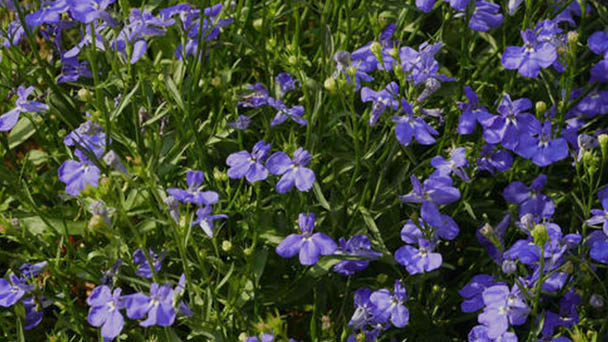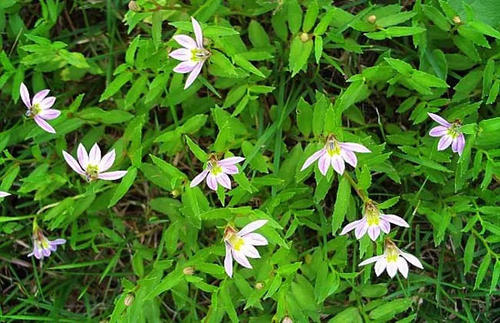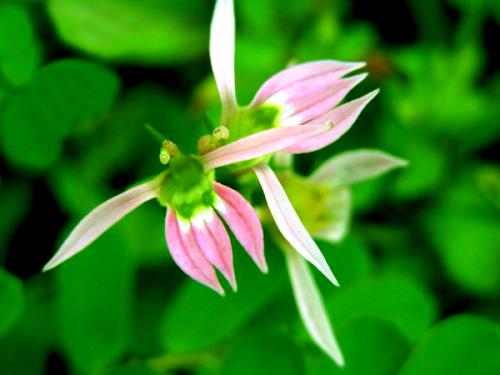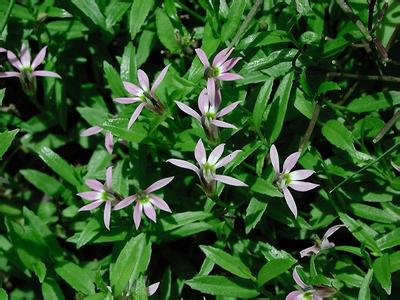How to grow Lobelia chinensis
Written by Maggie
Nov 23 2020

The breeding of Lobelia chinensis requires the selection of loose and breathable sandy soil and the addition of appropriate basal fertilizers to maintain an acidic environment. Lobelia chinensis prefers to grow in a semi-shade environment. During flowering we may increase the illumination time appropriately. It is best to keep the temperature around 20℃. In addition, the spring and Autumn period needs to maintain a humid environment, every 20 days or so time topdressing organic fertilizer.
Lobelia chinensis picture

Methods of cultivation of Lobelia chinensis
1. Acidic soil
How does lobelia chinensis thrive? First of all, we need to choose loose soil, mainly sandy soil. Add some base fertilizer to supplement the fertility of the soil. The prepared soil should be placed in the sun to be sterilized and maintained in an acidic environment to promote the growth of Lobelia chinensis.
2. Illumination temperature
Lobelia chinensis prefers to grow in a semi-shade environment. The cold tolerance of plants is relatively low, and usually needs to be kept between 25℃ and 30℃. Winter breeding is best to maintain a 15℃ environment, and can be safe over winter. The flowering phase can be appropriately replenished with light. Pay attention to shade and sun protection in summer.

3. Moist environment
Lobelia chinensis also needs to keep the soil moist, and Lobelia chinensis has poor drought tolerance. During the vigorous growth period of spring and autumn, it can be watered every two days. The watering time can be in the early morning, and in the hot summer, it is necessary to spray clear water daily to improve the air humidity and reduce the temperature.
4. Fertilizer application
Lobelia chinensis does not have a very high requirement for fertilizers. Some basal fertilizers can be added when planting. Organic fertilizers can be applied every 20 days or so in the growing period to promote the growth of lobelia.

Latest Updated
- Benefits of Bugleweed - 7 Science-backed Health Benefits
- Bugleweed Dangers & Side Effects - Is It Poisonous?
- How to Plant Evergreen Trees - What You Should Know
- When to Plant Evergreens - Grow Guide for Evergreen Trees
- 12 Wonderful Evergreen Shrubs for Your Garden
- 12 Popular Evergreen Plants with Pictures for Beginners
- When And How To Prune A Lilac Bush Like a Pro
- How to Grow & Care for Lilac Vine (Hardenbergia Violacea)
- Japanese Lilac Tree (Syringa Reticulata) Care & Propagation Guide
- Shumard Oak Pros and Cons - What to Know
Popular Articles
- Winter maintenance of Antirrhinum Majus
- How to Grow Terminalia Mantaly Tree
- How to Grow and Care for Crossostephium Chinense
- How to grow Antirrhinum Majus in spring
- Peristeria Elata (Dove Orchid) Profile: Info & Care Guide
- Underwatered Snake Plant (Sansevieria Trifasciata) - Signs And How To Fix
- How to Care for Brazilian Jasmine Plant (Mandevilla Sanderi)
- How to Grow & Care for Graptopetalum Purple Delight in Summer
- Rosa Chinensis (China Rose): Plant Growing & Care Tips
- How to Care for Baby Sun Rose (Aptenia Cordifolia)